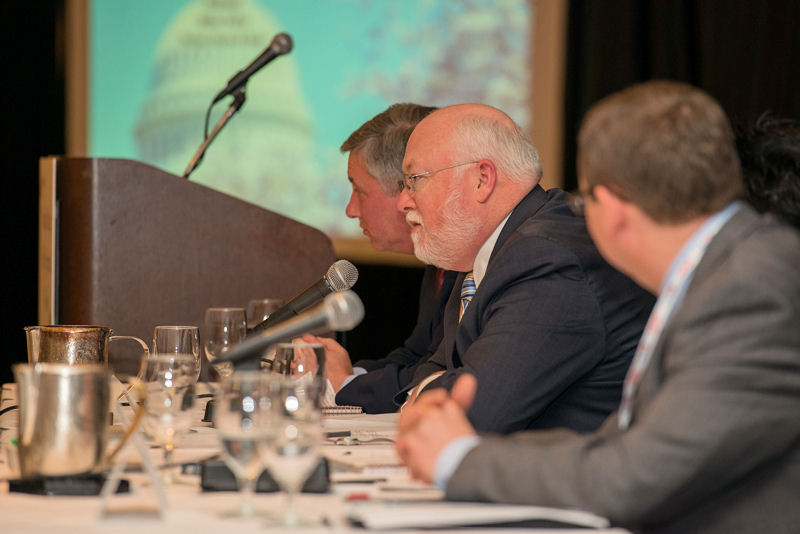
The 2015 National Water Policy Forum & Fly-In included featured speakers as well as panel discussions. From left, Adam Krantz, director of Government and Public Affairs for the National Association of Clean Water Agencies, and Water Environment Federation (WEF; Alexandria, Va.) Government Affairs staff Tim Williams, senior director and Steve Dye, contractor, discuss advocacy priorities for the event. Photo courtesy of Max Taylor Photography (Washington, D.C.).
In April, the National Water Policy Forum, Fly-In, and Expo brought together more than 200 participants from around the globe to Washington, D.C. Water and wastewater professionals representing many different water-sector organizations came together to consider and advocate for national policies that advance clean and safe water and ensure a healthy, sustainable environment. Attendees shared perspectives, collaborated on solutions, met with members of Congress and federal regulators to discuss these challenges, and also celebrated achievements made within the water sector. I, for example, spent time meeting with Arizona legislators to discuss water issues that the City of Flagstaff is experiencing.
| Marisa Tricas, program manager at the Water Environment Federation (WEF; Alexandria, Va.)
Marisa Tricas leads projects on water reuse, municipal engineering, government affairs, and the water-energy nexus as program manager in WEF’s Water Science and Engineering Center. Previously, she worked in the Office of Water of the U.S. Environmental Protection Agency (EPA) as the lead water technology innovation fellow. For 2 years, she worked at EPA promoting technology innovation in the water and wastewater sectors. She co-authored EPA’s Water Technology Innovation Blueprints and worked closely with EPA Office of Water senior leadership to further drive innovation in the water sector. Tricas also has managed geographic information system projects while working in the Municipal Utilities Department at the City of Redlands, Calif., and has experience working in both the U.S. House of Representatives and U.S. Senate. Tricas received a bachelor’s in environmental science from the University of Redlands and currently is working toward her masters in environmental science from Johns Hopkins University. |
The Forum, held as a part of Water Week 2015, took place April 12–18. Participants gathered at The Westin Washington, D.C., City Center to hear from speakers, participate in briefings and roundtable discussions, see clean water technologies, and learn relevant information at an expo. They then met with policy makers on Capitol Hill. The Water Environment Federation (WEF; Alexandria, Va.), National Association of Clean Water Agencies (NACWA; Washington, D.C.), Water Environment Research Foundation (WERF; Alexandria, Va.), and WateReuse Association (Alexandria, Va.) organized the event.
Attendees heard from speakers including U.S. Environmental Protection Agency Administrator Gina McCarthy; U.S. House of Representatives members Bob Gibbs (R-Ohio), Bob Latta (R-Ohio), Grace Napolitano (D-Calif.), David Joyce (R-Ohio), Donna Edwards (D-Md.), and Tim Walz (D-Minn.); U.S. Department of Interior Deputy Assistant Secretary Tom Iseman; and American Enterprise Institute’s (Washington, D.C.) Resident Scholar Norman J. Ornstein. Topics discussed ranged from financing and energy efficiency to innovation and resource recovery to nutrients and stormwater.
I had the pleasure of accompanying Bradley Hill, a utilities director for the City of Flagstaff, on his congressional visits. Flagstaff’s population is about 69,000 people and is located near Grand Canyon National Park and within the middle of the largest ponderosa pine forest in the U.S. But the city is experiencing a prolonged drought.
Flagstaff has been proactive at reducing water use through a strong water-conservation program; however, securing long-term water supplies is vital to the continued economic prosperity of this mountain town. For more than 20 years, Flagstaff has used reclaimed water for various uses such as irrigation, industrial applications, and dual plumbing in buildings. This has been critical for saving potable water supplies. Today, reclaimed water makes up 20% of all the water Flagstaff delivers to its customers.
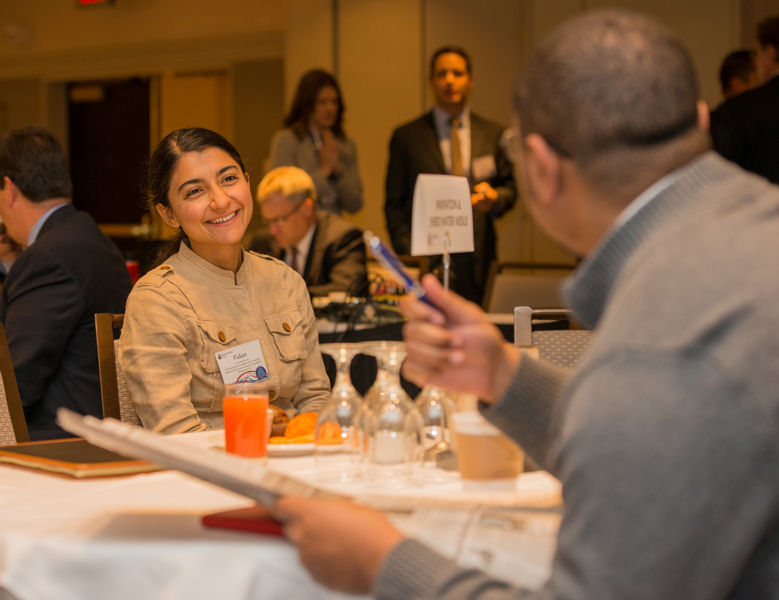
Attendees gathered at the 2015 National Water Policy Forum & Fly-In, such as Fidan Karimova, water technology collaboration manager at the Water Environment Research Foundation (Alexandria, Va.), had an opportunity to network and discuss water sector challenges with colleagues. Photo courtesy of Max Taylor Photography.
Hill and I discussed these issues with staff from the offices of Arizona congressional members including those working in the offices of U.S. Sen. John McCain (R-Ariz.) and U.S. Rep. Ann Kirkpatrick (D) of Arizona’s 1st District. Kirkpatrick even joined us in the meeting and said how much she and her colleagues rely on water professionals like us to inform them of the major issues facing their districts. It was truly an honor to meet the policy-makers that have the power to bring national attention to Arizona’s water issues. It is very important for professionals to increase their engagement with their local politicians regarding the many issues facing the water sector.
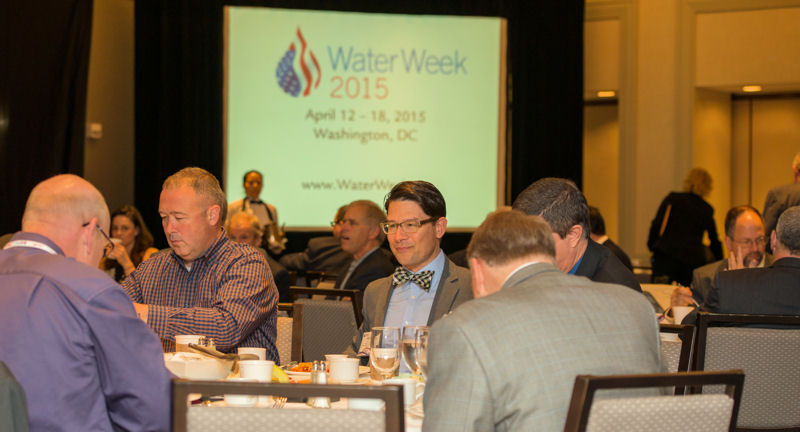 |
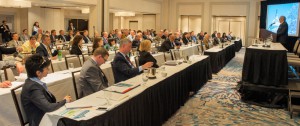 |
| The Forum featured numerous networking opportunities and educational presentations. Photo courtesy of Max Taylor Photography. Click each photo for more information. | |
 |
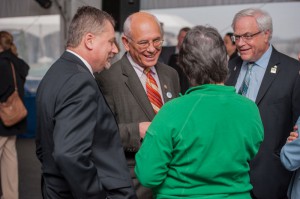 |
I think water week successfully helped inform local, state, and national leaders on the importance of the issues facing their local communities, and helped showcase the value that the water sector brings to environmental protection, economic development, and job creation. The event was well attended by a diverse group and provided high quality programming that reflected the efforts of many different water sector organizations. Thank you to all who participated and to the organizations that hosted.
— Marisa Tricas, WEF’s Water Science and Engineering Center


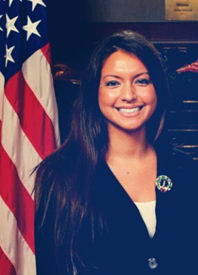






May 22, 2015
Featured, Laws & Regs